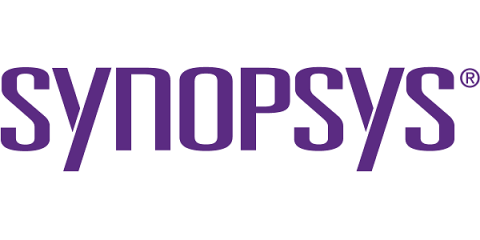Making SCA part of your AST Strategy
Open source software is now used in nearly every organization, which makes it critical to know your code. Learn how an SCA tool can help you. There’s an ongoing sea change in how developers ensure a more secure software development life cycle (SDLC). “Shift left” is the notion that creating high-quality software begins with planning and continues through the development and testing stages to actual deployment.








